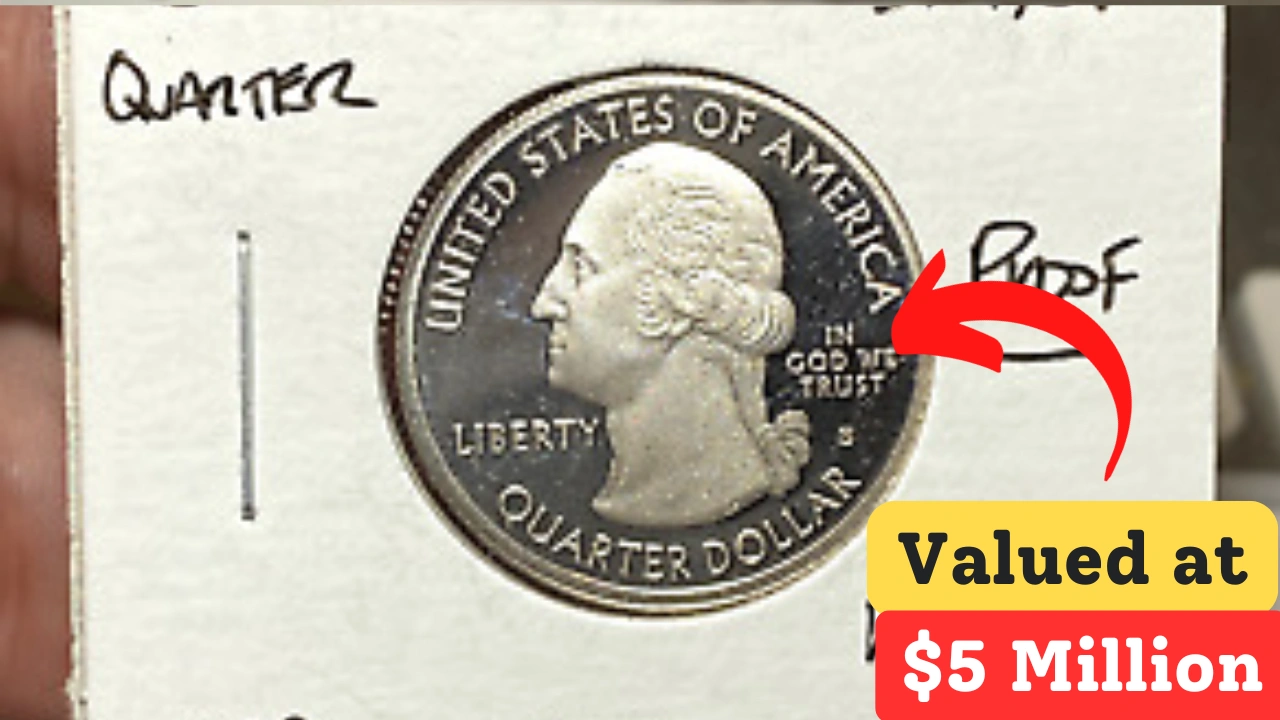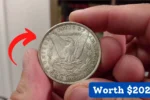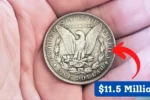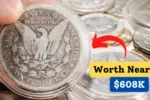The Rare Bicentennial Quarter Worth $5 Million: The Bicentennial Quarter, first minted in 1976 to celebrate the United States’ 200th birthday, has grown far beyond its initial role as a commemorative coin. Originally produced as part of a special series, it’s now one of the most highly sought-after coins among collectors.
What makes it even more fascinating is the fact that a single Bicentennial Quarter has been valued at a jaw-dropping $5 million. How did this happen, and how can you identify one of these rare, valuable coins yourself? Let’s take a closer look.
What’s the Bicentennial Quarter All About?
The Bicentennial Quarter was designed to mark the U.S.’s 200th anniversary. On the front side of the coin, you’ll find the familiar portrait of George Washington, while the reverse side depicts Independence Hall in Philadelphia, the iconic site where the Declaration of Independence was signed. The years “1776-1976” are featured prominently to symbolize the bicentennial celebration.
Most of these coins were produced in large quantities as part of the commemorative set, and they weren’t meant to be particularly rare. Over the years, however, one unique version of the Bicentennial Quarter has become highly valuable due to an error that occurred during production.
The $5 Million Coin: A Rare Error
What makes the $5 million Bicentennial Quarter so special isn’t its design, but a mistake made at the U.S. Mint. While most of the coins feature the distinctive Independence Hall design on the reverse, a small number of them were mistakenly struck with an older eagle design the one used on quarters before the bicentennial.
This rare mix-up resulted in a few error coins, and because only a handful of these mistakenly minted quarters exist, they’ve become incredibly valuable. Coin collectors refer to such items as “misstrikes” or “error coins,” and they’re often among the most prized possessions in numismatic circles. One particular coin with this error has even fetched an astounding $5 million at a private auction, making it one of the most valuable coins in American history.
Why Is the Bicentennial Quarter Still Circulating?
You might wonder why such an expensive coin hasn’t disappeared from circulation by now. Despite its rarity, the $5 million error coin is still in circulation. This is because the vast majority of the Bicentennial Quarters produced were struck correctly, with the Independence Hall design on the reverse. These coins are still found in circulation today, and most are worth only their face value of 25 cents.
However, finding one of the rare error coins with the eagle design is a true stroke of luck, as they are extremely scarce. It’s likely that they’ll end up in the hands of avid collectors, but every now and then, someone might discover one tucked away in their pocket change.
How to Identify a Valuable Bicentennial Quarter?
If you’re lucky enough to be on the hunt for a rare Bicentennial Quarter, it’s essential to know what to look for. The key lies in the reverse side of the coin. The typical Bicentennial Quarter features the Independence Hall design. However, if you spot a quarter with the older eagle design, you could be holding a potential treasure.
In addition to the design, the condition of the coin matters significantly. A coin in mint condition, free of wear or scratches, will always fetch a higher price than one that has been heavily circulated. So, keeping an eye out for both the right design and the right condition could mean a windfall for the lucky finder.
Final Thoughts: The Rare Bicentennial Quarter Worth $5 Million
The Bicentennial Quarter, which began as a simple commemorative coin, has become an iconic piece of American history. While most of these quarters are still found in circulation today, the rare error variety with the eagle design stands out as a valuable collector’s item.
The $5 million coin is a reminder that even a simple mistake during minting can lead to a rare, and incredibly valuable, piece of history. If you’re a coin collector or just happen to check your change regularly, keep an eye out; you might just find yourself holding a small fortune.
Note: The values discussed in this article are based on current market trends and collector interest, which can fluctuate. For an accurate appraisal, always consult with a professional numismatist.





